Last month, one of India’s best known gurus embarked on a 30,000km solo motorcycle ride from London to India. His mission? To raise awareness of the growing threat of what he describes as the impending “soil extinction”.
Sadhguru is a “yogi, mystic and visionary” making his journey to raise awareness of the degeneration of one of nature’s most undervalued resources. The world’s soils now pose an existential threat to global food security, with the UN estimating a third of the Earth’s soils are already degraded, including more than half of all agricultural land. Worryingly, this could rise to more than 90% by 2050, the organisation warns.
Sadhguru has hammering home this “alarming threat” for 24 years. Through his journey, he hopes to inspire at least 3.5 billion people – 60% of the world’s electorate – to support government policies to revitalise soil. “Soil is our life. Our very body. And if we forsake soil, in many ways, we forsake the planet,” he stresses.
Now, he says, time is running out. “If we take concrete action now then in the next 25 to 30 years we could turn the soil around quite reasonably,” Sadhguru tells The Grocer. “But if we wait to act after 50 years, it will take 100 to 150 years to turn the soil around. That means four or five generations will go through terrible states of life because of the weak condition of soil.”
This bleak prospect is what prompted Sadhguru to launch the Conscious Planet Save Soil movement. The aim is simple: to raise awareness and “impress upon all political parties and governments to take up long-term soil regeneration policies”.

There is reason to listen. After all, failing to do so could result in agricultural and societal collapse. Without healthy soils, human life and the sustainability of life on the planet is untenable. Not only do soils provide around 95% of our food, whether directly or indirectly through crops and livestock, but they hold over a quarter of the planet’s biodiversity, according to the UN Food and Agriculture Organization (FAO).
The FAO warns this “treasure beneath our feet” is threatened by unsustainable agricultural practices and other ‘improper’ land use changes, such as illegal deforestation, which can accelerate soil erosion by up to a thousand times. As a result, the equivalent of a football pitch of soil is being eroded every five seconds, it estimates.
Soil erosion – where the most fertile layer is lost through water, wind and tillage – affects agricultural productivity and can lead to a 50% loss in crop yields. Eroded soils don’t easily retain water, raising the risk of flooding and landslides for vulnerable communities.
The increasing nature of this erosion has made soil degradation a global phenomenon. Half of the world’s most fertile topsoil has been lost in the past 150 years – a rate 10 times faster than it’s being replenished, according to the WWF. Considering it takes 1,000 years to produce 2cm to 3cm of topsoil, the world runs the risk of seriously hampering food production if it doesn’t slow the current rates of erosion.
Around 12 million hectares of agricultural land is being lost to desertification, degradation and drought every year (UNCCD)
90% of global soil could become eroded by 2050 unless we act now (UNCCD)
Half of the world’s most fertile topsoil has been lost in the past 150 years
In 2014, the FAO’s director general, Maria-Helena Semedo, reportedly warned the world’s remaining topsoil could disappear within 60 years unless something was done to tackle erosion rates.
Although her suggestion we could be “decades away from famine” has since been dismissed as “overblown” and “alarmist” by scientists, there is still a consensus something needs to be done.
A 2020 study led by David Evans, a senior research associate at Lancaster University, found over 90% of the world’s conventionally managed soils had a ‘lifespan’ – the time taken for the fertile topsoil of 30cm to be eroded – of greater than 60 years. Still, just under a third of conventionally managed soils were found to have a lifespan of less than 200 years.
“Soils with human-scale lifespans shorter than 100 years are present in all of the observed regions, including many of the world’s wealthiest nations,” stated the report, which analysed 255 sites across 38 different countries.
The problem is particularly prevalent in areas of low rainfall known as drylands, which account for over 40% of the world’s terrestrial surface area and are home to about three billion people, according to the Intergovernmental Panel on Climate Change.
In these areas, soil erosion is fuelling desertification as the land becomes unable to retain water or regrow plants. Currently, around 12 million hectares of agricultural land – an area larger than Portugal – is being lost to desertification, degradation and drought every year, according to the United Nations Convention to Combat Desertification.
Even in regions at lower risk of desertification, such as the UK, soil degradation is having a big impact on agricultural productivity.
In 2011, Defra estimated soil erosion was resulting in the loss of around 2.2 million tonnes of topsoil annually in this country – costing British farmers £9m a year in lost production.
Plus, there is more than just food security at stake. The lack of organic content in soils is also undermining the nutritional value of food. A study published last year in the International Journal of Food Sciences and Nutrition concluded that between 1940 and 2019 there were “significant and nutritionally important reductions” in iron (50%), copper (49%) and magnesium (10%) in UK fruit & vegetables.
Soil erosion even has climate change implications. “If managed correctly, the soil can sequester carbon from the atmosphere, so it can be a major tool in fighting climate change,” says Lucy Michaels, a research fellow at the University of Warwick who is involved in the production of a new documentary examining the UK’s agroecology movement, ‘Six Inches of Soil’ (see box, p31). “It can also help us become resilient to the impacts of climate change that are now inevitable.”
Soils in the UK, for example, currently store more than 10 billion tonnes of carbon, half of which is found in our peat habitats, according to Defra. “Losing this store to the atmosphere would create emissions that are equivalent to more than 50 times the UK’s current annual greenhouse gas emissions,” said the department’s 2011 ‘Safeguarding our Soils’ strategy.
Global crisis
With so much at risk, Sadhguru insists global governments must act quickly to implement long-term soil regeneration policies. In a bid to encourage action, his #SaveSoil movement has already written to 730 political parties across the world, and Sadhguru will meet with heads of state, agriculture and environment ministers, influencers and well-known personalities as he travels from London to south India.
So far, most governments have been “extremely positive” he says, though some have been “a little muted in their response” because of the war in Ukraine.
Six Caribbean nations have already signed a memorandum of understanding to work collaboratively to secure global soil health, and another eight nations are in the pipeline. “Commonwealth nations, which account for a population of 2.5 billion, have made a declaration that they will be with us,” says Sadhguru.
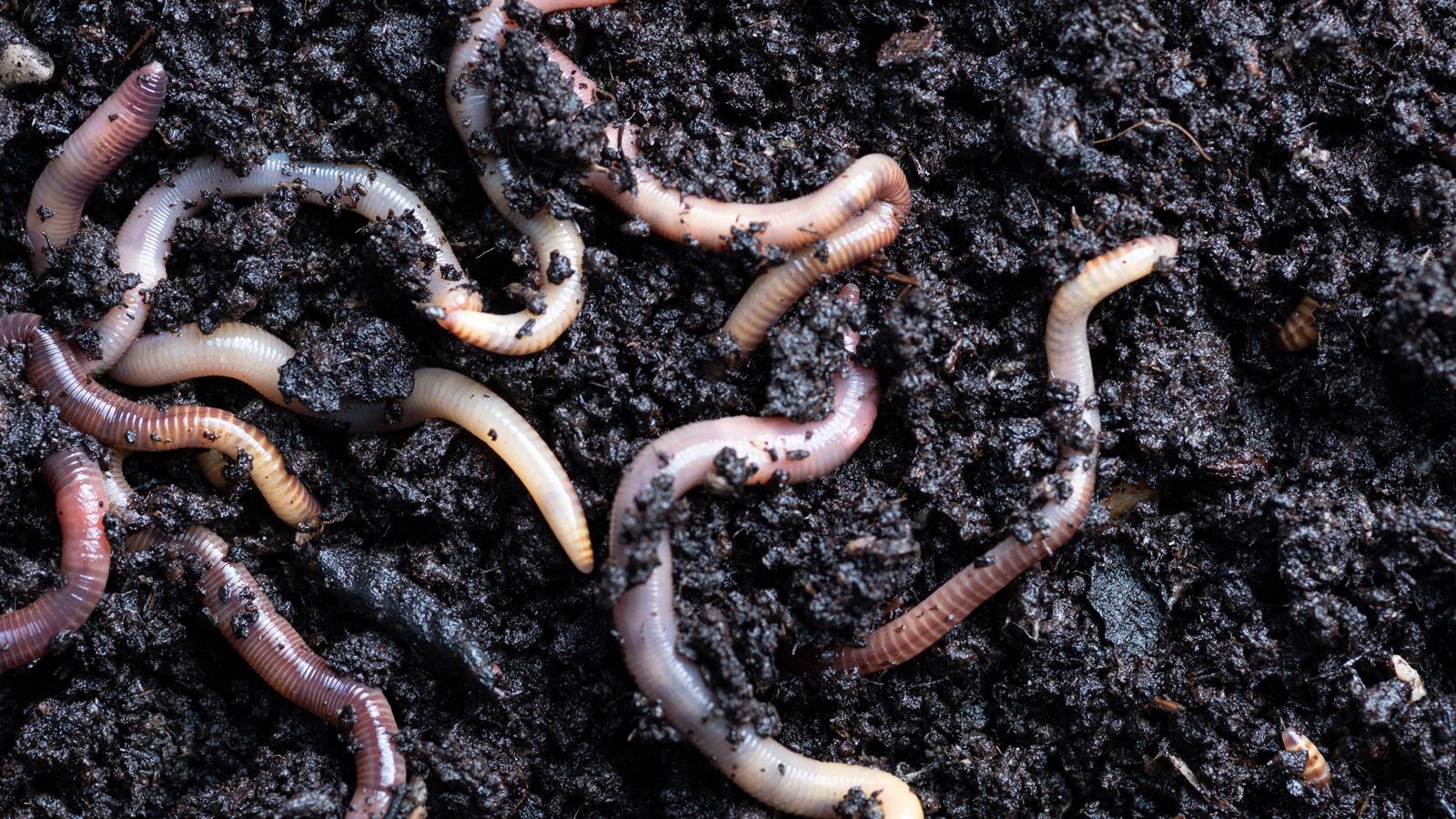
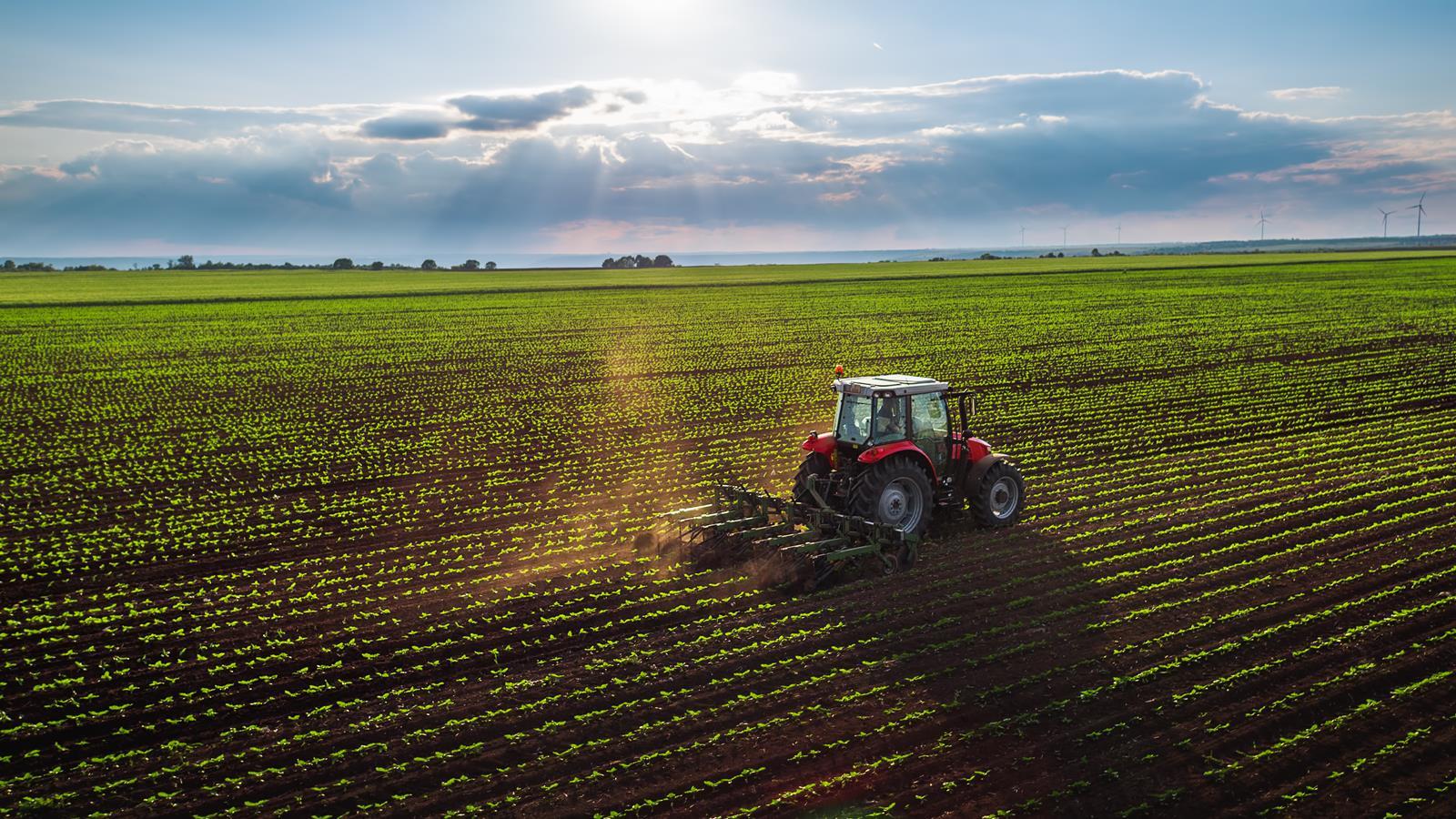

Soils provide 95% of our food and hold over a quarter of the planet’s biodiversity
Improving soils can boost crop production by 40% (IUCN)
Healthy soils produce food with more micronutrients
In the UK, where Sadhguru began his journey, the government has already committed to taking action to protect and preserve soils. In September 2021, Defra pledged to publish its Soil Action Plan by spring to “provide a framework of actions to improve and protect the health of our soils”.
As part of these efforts, the government’s Sustainable Farming Incentive will reward farmers for adopting more sustainable soil management. Elsewhere, the likes of Red Tractor, Leaf and AHDB are looking at initiatives to help farmers improve soil health, each competing to be the leading authority for the UK’s new regime. “There is a bit of an arms race on soil,” says one industry source.
Some farmers in the UK have already adopted soil-friendly farming practices, such as planting a more diverse range of crops, ditching chemical pesticides and insecticides, reintroducing livestock and using green manures.
These methods help improve the bacteria and fungi in the soil, which in turn support the beneficial bugs that help break down and recycle organic material, as well as improving water infiltration. “By establishing these networks in the soil, that’s how you restructure your soil and it’s also how you transport nutrition around your soil,” says George Young, an Essex farmer who has transformed his once-conventional family farm into a zero-tillage, zero-insecticide operation.
There are big benefits to farming in this way, says Michaels at the University of Warwick. “If you improve soil fertility, you don’t need to use a lot of the chemical inputs that we are seeing today.” That includes nitrogen fertiliser, the price of which has reached a record high in the wake of the war in Ukraine.
Indeed, the surge in fertiliser prices is already driving farmers to consider more organic forms of production, says Young. But widespread change won’t happen without support from the wider food sector, he believes. “For me, the supermarkets have to be involved.”
The UK’s agroecology movement
In March, UK production company Dragonlight Films announced the launch of a Crowdfunder campaign to finance a new feature film that hopes to shine a light on the UK’s agroecology movement: Six Inches of Soil.
Directed by Colin Ramsay and produced by Claire Mackenzie, the film will profile some of the farming pioneers leaving behind conventional agriculture to “build a future that focuses on the health of soil and increases biodiversity”.
Having successfully raised over £20,000 from 237 supporters, the team are now ready to start production, with the hope of launching Six Inches of Soil at regenerative agriculture conference Groundswell in 2023.
Among the farmers set to feature in the film is George Young, who has transformed his family farm in Essex since returning from London at the age of 27, having tired of a career in oil trading.
When he first returned to the farm, Young was struck by the risks associated with conventional farming reliant on expensive machinery and chemicals.
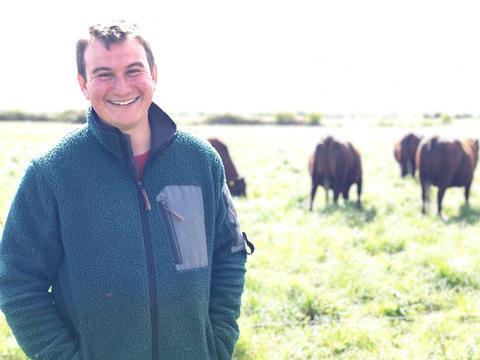
“As someone who came from a finance background, looking at a system of farming, where you have got all your eggs in a basket that you harvest over a six-week period in the summer and you are piling a couple of hundred thousand pounds worth of inputs into that system with all that risk, I thought that didn’t make any sense.”
He began by ditching insecticides, and it’s been a “bit of a spiral since then”, he says. As well as cutting back on chemicals, Young has introduced traditional breed cattle, as well as new crops such as linseed, beans, heritage cereals, buckwheat, lentils and hemp. He’s also experimenting with agroforestry, planting fruit and nut trees alongside crops.
He’s already noticed a significant improvement in soil health and biodiversity. “What is exciting is that seeing that in a relatively short period of time of making some seismic changes, the amount of life that comes back to your farm when you take your foot off the gas and let nature in.”
Implementing the changes to the farm took a “huge amount of work”, Young admits. And he understands why many UK farmers, who have already invested heavily in expensive machinery, would be reluctant to take the leap of faith and completely overhaul their farming methods.
Still, there are certain aspects of his system that could be easily adopted, he argues. “It’s about trying to get the ball rolling and getting more farmers to think regeneratively or agroecologically about how they farm,” he says.
“For me it’s more important for many farmers to make small changes than for a few farmers to make colossal changes.”
Supermarket support
Many UK retailers and manufacturers are already taking steps to influence the ways their farming suppliers manage soils, according to research by the Sustainable Soils Alliance (SSA) published in December 2021.
Its ‘Soil in the UK Supply Chain’ report, commissioned by Tesco and the WWF to examine the soil health initiatives pursued by major food and drink businesses, identified over 50 business-led initiatives that champion or promote soil health. It warned, however, that such efforts would not have a tangible impact without a more “ambitious, strategic, collaborative and targeted approach”.
To help facilitate such a collaborative approach, the SSA has established a soil health industry platform, which held its first meeting last month. So far, Tesco, Morrisons, Sainsbury’s, Waitrose, Kellogg’s, Nestlé and Yeo Valley have committed.
Part of the problem, suggests Sustainable Soils Alliance director Matthew Orman, is that businesses have been “inundated” with soil initiatives recently.
The nature of food supply chains also presents a challenge, he notes. Between farmers and suppliers, there are lots of smaller businesses that don’t face stakeholder scrutiny and might put pressure on farmers to prioritise production without considering the potential impact on soils.
Despite these complexities, there are actions supermarkets could – and should – start taking now, he says. They include encouraging farming suppliers to carry out routine soil health measurements and promoting an increase in soil organic matter over time.
This individual action is important. Yet ultimately, Sadhguru insists we will only fend off an impending “global scale disaster” with policies worldwide that aim for a minimum of 3% to 6% organic content in agricultural land. “It does not need any absolutely new technology or trillions of dollars,” he says. “What it needs is a committed approach from the governments.”
Of course, securing such a committed and unified approach from governments as the world grapples with the fallout from the pandemic and the war in Ukraine will be challenging.
That’s why Sadhguru decided to embark on his lengthy, and potentially dangerous, motorcycle ride. “If I fly into different countries, doors will not open. They have to see that I am staking my life a bit.”
At 65 years old, “this is not a joyride” he insists. “But I am doing this because as a generation, we have a challenge and a privilege that we could be that generation which turned back from the brink of a disaster. Or we could be that generation which slept through and fell over.”








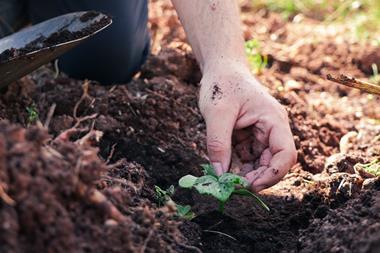
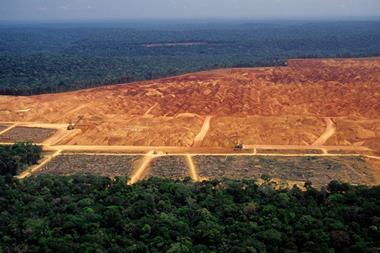

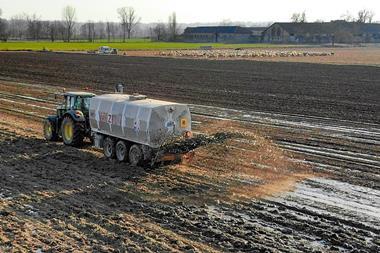
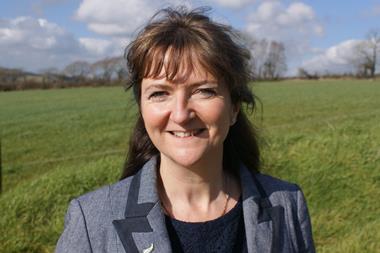
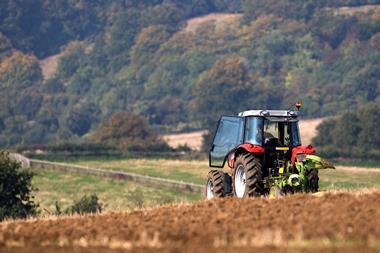






No comments yet